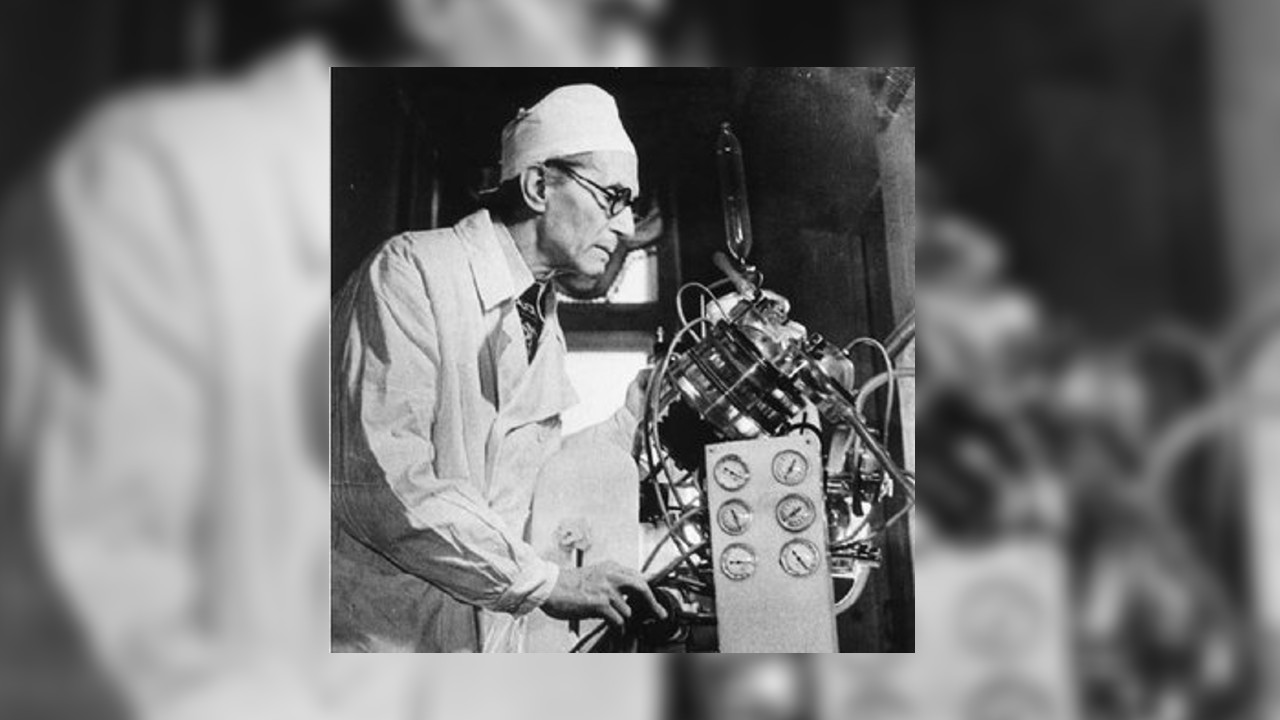Bringing someone back to life, whether human or animal, is undoubtedly one of the things most of us would most like to do. But what would you say if we told you that this has actually been made possible on a living creature before?
The concept of bringing a deceased creature back to life is often the subject of movies, TV series and books. The one we all know best is Frankenstein.
In short, yes; this type of situation can be the subject of a movie or a book, but the reality? It has been done! If you are ready, let’s go deeper into the story of a Soviet scientist who managed to bring a dead dog back to life thanks to a machine he developed.
In 1928, a scientist named Sergeevich Brukhonenko achieved a first.

Many experiments and inventions in the Soviet Union were not only astonishing but also contributed greatly to the advancement of science and technology. The interesting and incredible experiment of the Soviet scientist Sergei Sergeevich Brukhonenko was one of them.
What he needed to bring a dead dog back to life was a dog’s head and a machine called an “autoinjector” with two pumps. The autoinjector, a heart-lung machine consisting of a pair of linear diaphragm pumps, venous and arterial, exchanging oxygen with a water tank, delivered oxygenated blood to the dog’s head.
The killed dogs were connected to this machine 10 minutes later.
The autoinjector slowly returned the blood to the animal’s circulation. After a few minutes, the heart fibrillated and returned to its normal rhythm. Respiration was activated in the same way. Brukhonenko used 13 different dogs in his experiments and 12 of them came back to life 10 minutes after being killed.
One of the dogs connected to this artificial blood circulation machine was even able to eat a few slices of cheese. But of course, they couldn’t survive forever on an artificial machine, and after a few hours they would pass away again.
The experiments were recorded in a documentary filmed by the Soviet film agency and first made public in 1941. You can watch some of it in the video above.
This experiment paved the way for other things.
Sergei Sergeevich Brukhonenko performed open-heart surgery on dogs, also using an autoguider, and the dogs whose hearts were removed survived for some time.
Brukhonenko received a lot of backlash for killing dogs during the experiments and the work was stopped because it was unethical.
Source: Research Gate, Science Direct, The Annals of Thoracic Surgery





